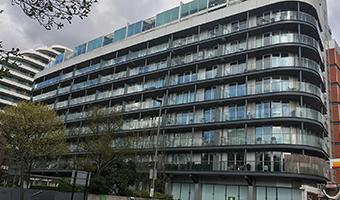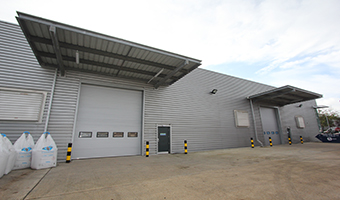However, the latest edition of the company’s quarterly UK Investment Transactions report also reveals that September 2016 was the third busiest September on record, as overseas buyers took advantage of the devaluation of Sterling post referendum.
The majority of property asset classes recorded volumes below their five-year quarterly averages during the third quarter of the year, with retail and specialist the only exceptions. Offices bore the brunt, however, with Q3 investment falling 44% short of the five-year quarterly average, with Central London offices experiencing its lowest transaction volume in five years as Brexit fears dampened investor appetite.
The research shows that local authorities have rapidly emerged as major buyers of commercial property. Local authorities purchased £750 million worth of assets in Q3, by far the largest volume on record from public sector bodies, smashing the previous high of £260 million.
Yields continue to increase post the EU Referendum. Following a 15 bps rise in the second quarter, the All Property transaction yield increased by a further 6 bps in Q3 2016 to stand at 5.70%. This was driven by Central London offices, which rose by 64 bps in the quarter to stand at 4.44%. Industrial was the only core sector to see yields decline, standing at 5.54%, which is its lowest on record.
Ezra Nahome, CEO of Lambert Smith Hampton, said: “It’s important not to get too carried away by the uptick in activity that we’ve seen in September. Predictably post the referendum, Q3 has been the quietest quarter since the middle of 2013.
“The market has been much busier since the sector returned from its long summer break, helped by a lower pound and the retail funds’ sell off – but investors are still cautious and selective.
“Investors have taken flight to quality, which suggests that both prime assets and well-secured income investments are better protected from pricing pressures. The secondary market on the other hand, is likely to see the strongest downward price adjustments; however, if the markets initially price in too much risk, it’s likely that some of the best opportunities will emerge in these sectors.
“Overseas investors have never had it so good; now is undoubtedly a good time to take a serious look at UK commercial property. Despite the uncertainty about the nature of the country’s eventual departure from the EU, the sector’s fundamentals remain broadly healthy. Factor in the fall in the value of Sterling since the start of the summer and a well-informed international buyer can find some genuine value if they know where to look. Foreign investors who can see beyond the immediate uncertainty will be well placed to benefit from what remains an attractive asset class.
“One of the most interesting trends to emerge in recent months has been the arrival of local authorities as major buyers of UK commercial property. With their budgets facing growing pressure and interest rates at an all time low, a number of forward-thinking councils have started to make their balance sheet work harder by acquiring commercial property. It’s still early days and many authorities continue to watch from the sidelines, but this is likely to be an area of considerable growth over the coming quarters.
“Weighing up all of these factors, we predict that activity will reach about £45 billion by the end of the year, which is almost 20 billion down on last year’s record £64.3 billion and the lowest since 2012.”
REGISTER FOR UPDATES
Get the latest insight, event invites and commercial properties by email








